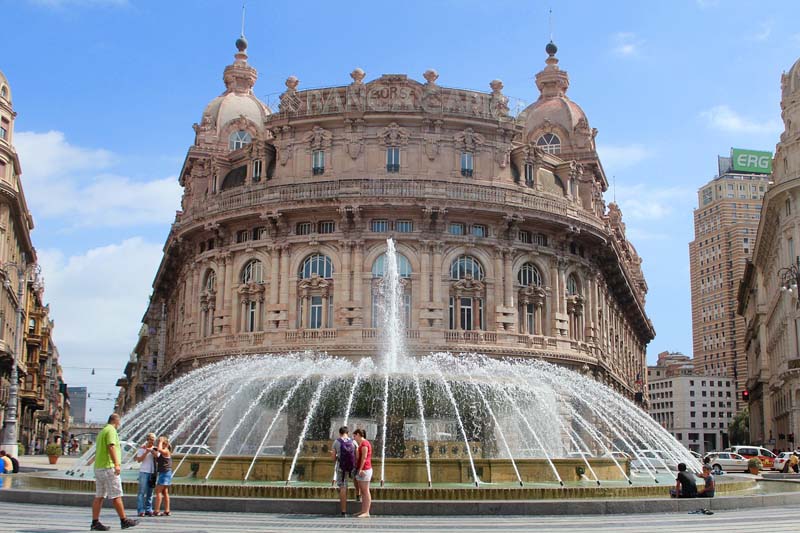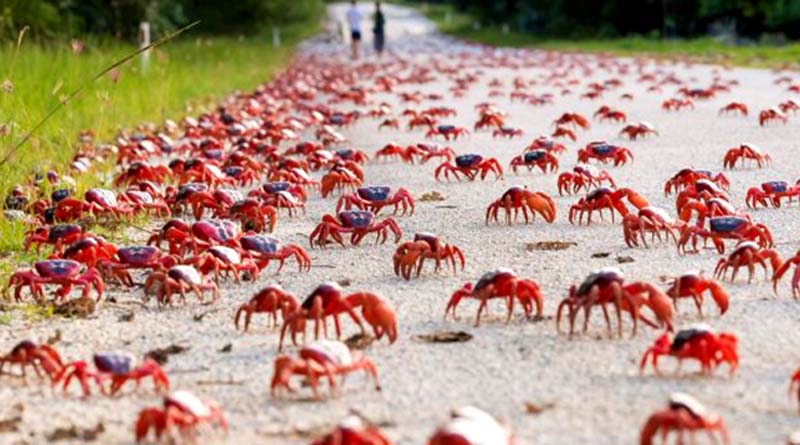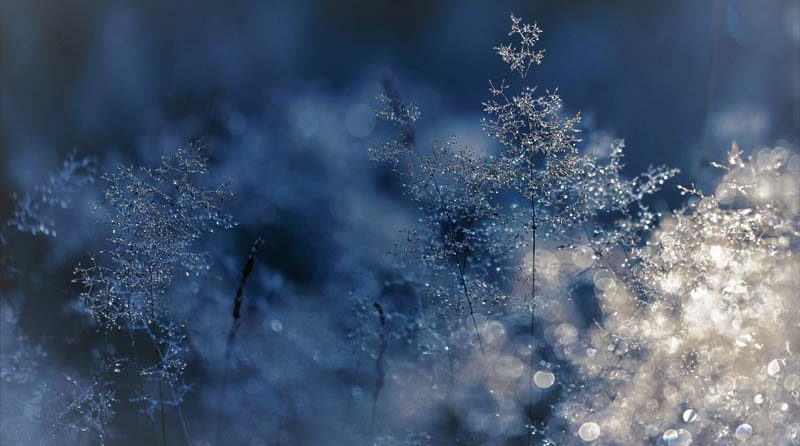
5 Tips for Photographing the Snow
November 15, 2017The winter season is generally less popular with photographers, especially those who prefer shooting outdoors. Yet, the arrival of the first snowflakes is often a trigger and a source of motivation to go out to take pictures. To photograph the snow, I will present you some tips to know absolutely.
1. Watch the exhibition
If you use the automatic mode (or a semi-automatic mode) you must be particularly attentive to the exposure because you may end up with an underexposed photo and a gray snow.
To fully understand this phenomenon, you need to take an interest in how your camera’s measurement system works. When shooting a snowy landscape, most of the image is composed of bright tones which can mislead the measurement cell of your device. To compensate for the low amount of mid tones and dark tones, the camera will underexpose the image and snow does not appear white, but gray.
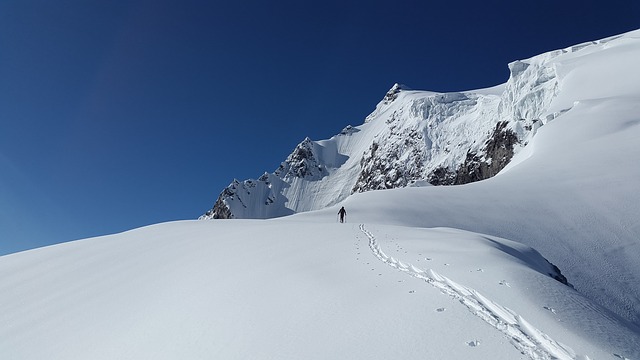
A mastered exhibition: the snow is neither too dark nor too light.
Photo credit: pixabay.com
To get out of this misstep, several solutions are available to you.
The easiest way is to use the exposure compensation function of your camera to increase the exposure of your snow photos. You can start by overexposing 1 EV and then adjust the correction to arrive at the desired result. Most cameras can be used to adjust exposure compensation in 1/3 EV increments.
If you shoot in RAW, you can easily recover underexposed post-processing in retouching software.
Finally, if you have enough experience nothing prevents you to switch to manual mode and adjust the exposure by playing on the opening of the diaphragm and the shutter speed.
2.Master the white balance
The white balance is probably the second most important factor when it comes to photographing snow. Indeed, large white areas tend to absorb the colour of ambient light. For example, under the cold light of a cloudy sky, the snow will certainly present a blue tint.
If you want to have a white snow, you will try to neutralize any dominant colour by carefully adjusting the white balance. To do this, you can do a manual white balance or use one of the preset modes of your camera.
On the other hand, adjusting the white balance can also help you enhance the atmosphere of the scene you are shooting. You should not try to systematically neutralize the colour of the snow.
Finally, remember that if you shoot in RAW, you can adjust the white balance in post-production without any loss of quality in the image.

The bluish tint of snow reinforces the icy atmosphere of this landscape.
Photo credit: pixabay.com
3. Vary the shutter speed
Photographing falling snow is a good way to make beautiful pictures. By varying the shutter speed, you can choose to freeze snowflakes or capture their motion. To get good results quickly, the easiest way is to use the aperture priority mode of your camera.
To freeze falling snowflakes you need to choose a fast shutter speed. A speed of 1/250 is a good base to start. If the flakes are not completely frozen, you simply need to opt for a faster shutter speed.
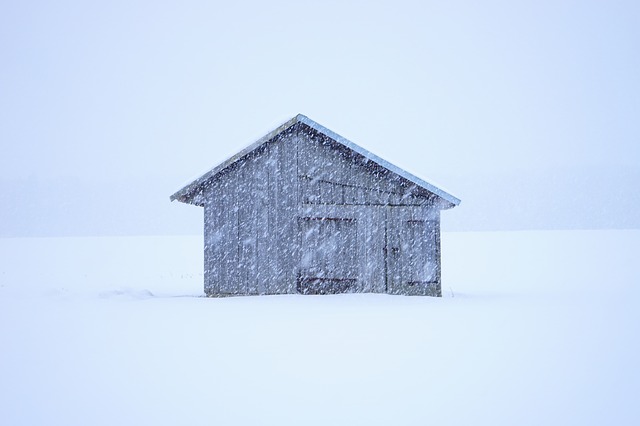
A fast shutter speed made it possible to freeze falling snowflakes.
Photo credit: pixabay.com
To capture the movement of snowflakes, it’s quite the opposite; you must favour a slow shutter speed. This technique is a little more complex especially if you have in the frame a moving subject like a bird.
Each situation is different and you will have to do some tests before getting the effect you want. In addition, it will be easier to photograph snowflakes with a telephoto lens because this type of lens has the particularity of compressing the different shots.
4. Photograph details
Photographing details is sometimes more interesting than photographing a scene as a whole. This technique also makes it possible to attract the spectator’s gaze to a point that he has neglected or is not used to seeing. This trick is not only valid for the photo of snow.
If you have already observed a snowflake closely you have probably noticed that its structure is particularly complex. This kind of element, very graphic, is ideal to get a strong photo.
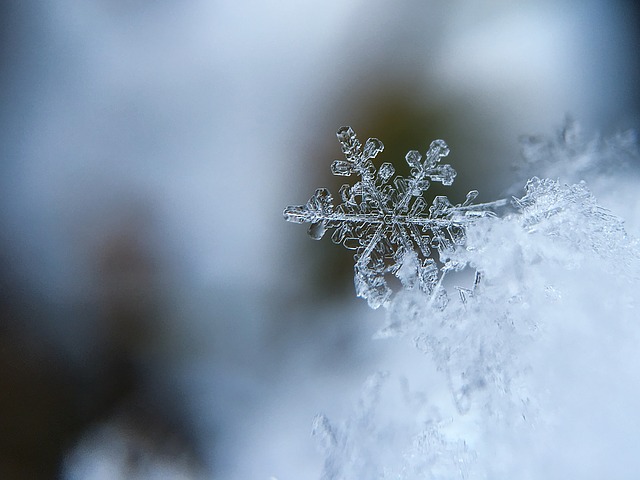
Photo credit: pixabay.com
5. Play with contrasts
The photos of snow, especially when the sky is overcast, are mainly composed of white, gray and black. A good way to play with contrasts is to include a coloured element in the frame. The red and more generally the warm colors contrast rather well with the snow.
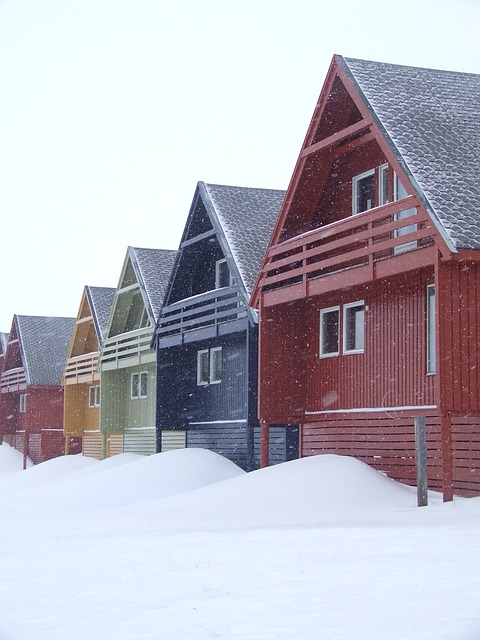
The presence of the multicolored houses brings an extra touch to this photo.
Photo credit: pixabay.com
[252 total views]
